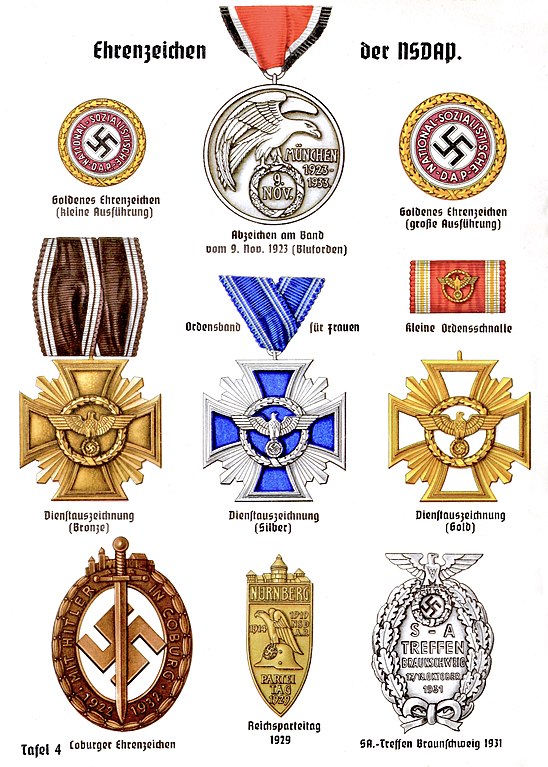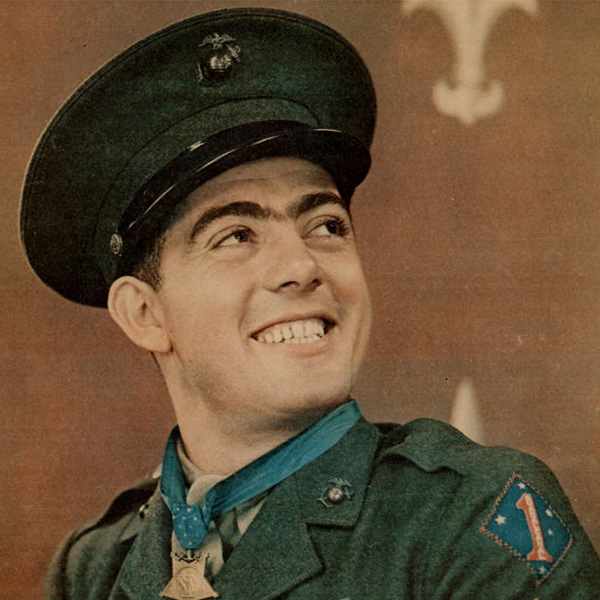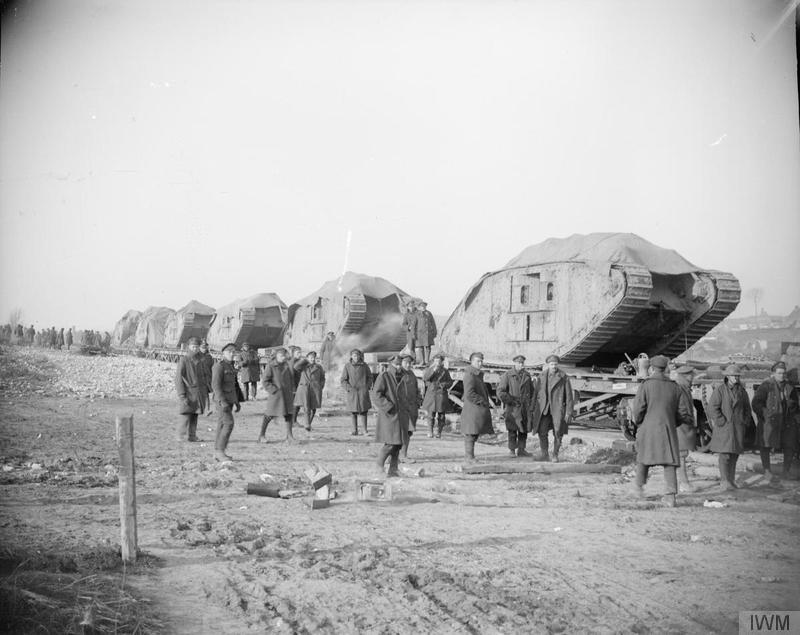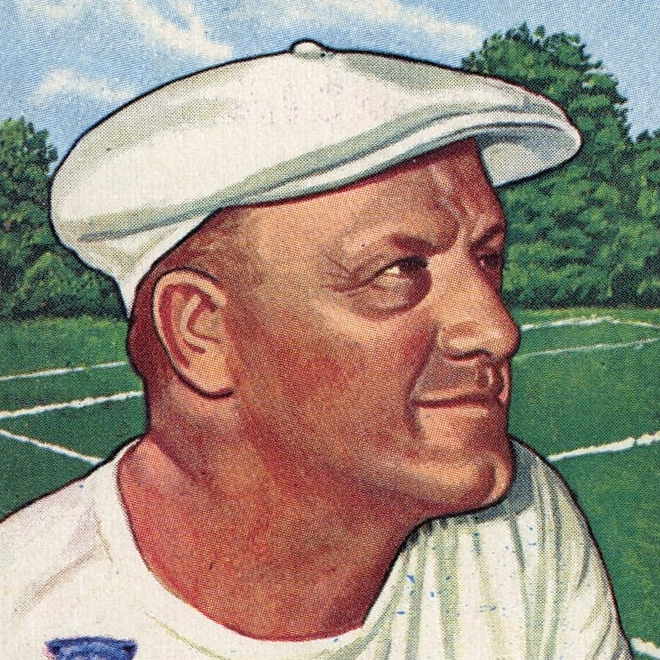Political decorations issued by the National Socialist German Workers’ Party (NSDAP) from 1920 to 1945 were a range of medals and awards. These decorations were authorized to be worn on any paramilitary uniform of Nazi Germany, as well as civilian attire.
Within the decorations, civil ones were regarded as the lowest tier of medals, below military and political decorations of the Nazi Party. These awards were authorized for display on civilian clothing and Nazi Party paramilitary uniforms. However, they were typically prohibited on active duty Wehrmacht military uniforms, with the notable exception of sports badges, which were granted the same status as military qualification awards.
Following the defeat of Nazi Germany in 1945, the public display of all Nazi Party awards was banned in Germany.
Political Decorations and Awards
of the Nazi Party
In November 1936, Hitler issued new directives regarding the “Orders and Awards” of the Nazi Party. The highest honors were ranked as follows: 1. Coburg Badge; 2. Nuremberg Party Day Badge; 3. Brunswick Rally Badge; 4. Golden Party Badge; 5. The Blood Order. These were followed by the Gau badges and the Golden Hitler Youth Badge.
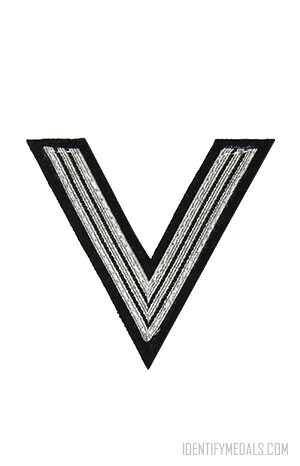
The Honor Chevron for the Old Guard
The Honor Chevron for the Old Guard was a decoration worn by members of the Nazi Party’s SS. It was nstituted by Adolf Hitler in 1934.
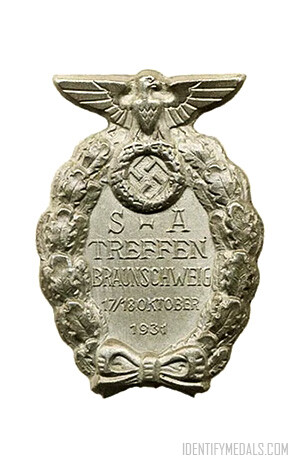
The Brunswick Rally Badge
The Brunswick Rally Badge was established in 1936 and was the third badge to be recognized as a national award by the Nazi Party (NSDAP).
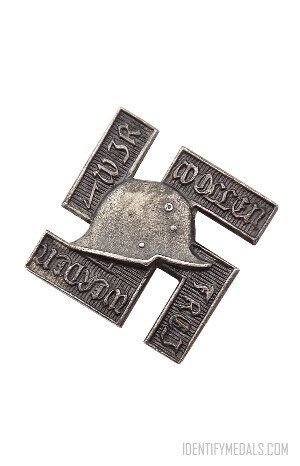
The Frontbann Badge
The Frontbann Badge was introduced in 1932 by the SA Group Berlin-Brandenburg to honor the members of the Frontbann organization.
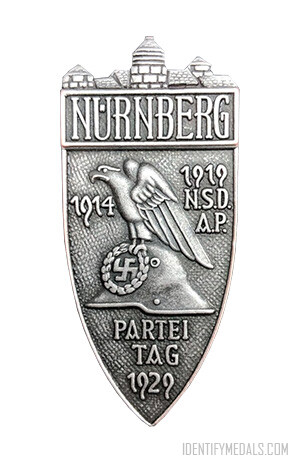
The Nuremberg Party Day Badge
The Nuremberg Party Day Badge was a highly esteemed political decoration within the NSDAP and the second national award of the party.
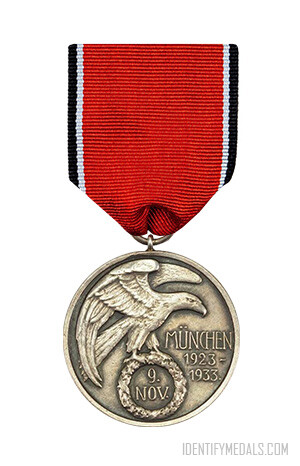
The Blood Order or Blutorden
The Blood Order or Blutorden was a highly prestigious Nazi Party decoration established by Adolf Hitler in March 1934.
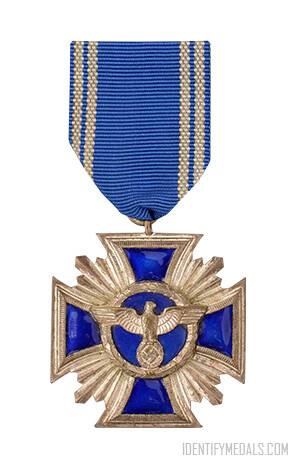
The Nazi Party Long Service Award
The Nazi Party Long Service Award was a distinguished political decoration presented in the form of a badge by the Nazi Party.
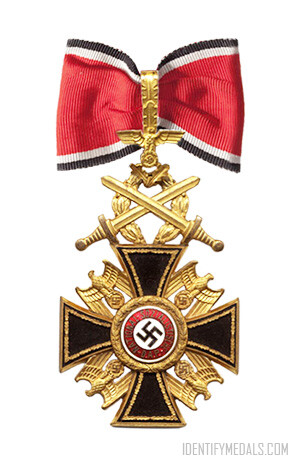
The German Order (WW2)
The German Order was the highest honor the Nazi Party could confer on an individual for exceptional services to the state and party.
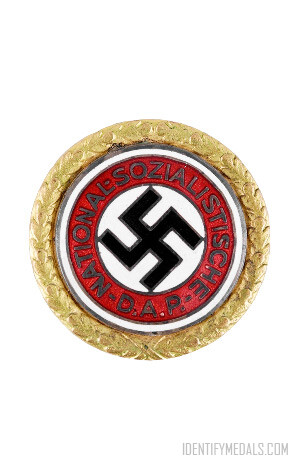
The NSDAP Golden Party Badge
The NSDAP Golden Party Badge was one of the most prestigious decorations awarded by the party during the Third Reich era in Germany.
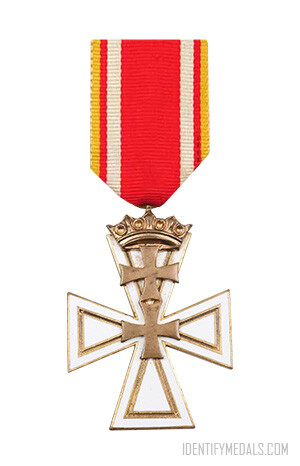
The Danzig Cross
The Danzig Cross or Danziger Kreuz was a Nazi decoration established in the Free City of Danzig prior to its incorporation into Germany.
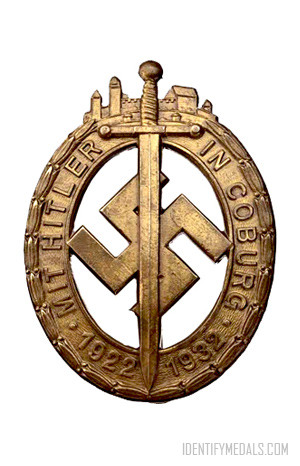
The Coburg Badge
The Coburg Badge (Das Coburger Abzeichen in German) was the first badge recognized as a national award of the Nazi Party or NSDAP.
SS, Germanic SS, and Police Decorations
The Nazi Party also awarded various decorations to members of the SS (Schutzstaffel) and police forces to recognize loyalty, bravery, and service. For example, the SS Long Service Awards were given to SS members for their years of service, in grades for 4, 8, 12, and 25 years. The Germanic SS, composed of non-German volunteers from occupied countries, also had specific decorations to acknowledge their contributions.
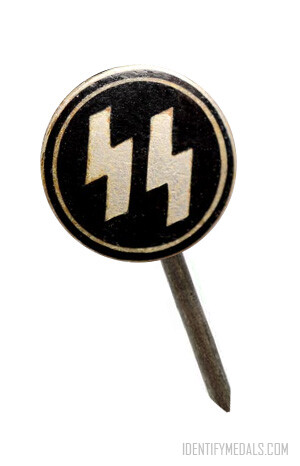
The SS Zivilabzeichen Badge
The SS Zivilabzeichen Badge, also known as the SS Civil Badge, was a lapel pin issued to SS members between 1933 and 1938.
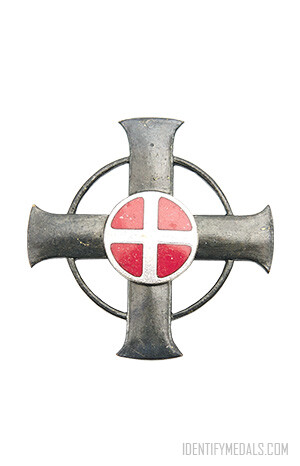
The Jarnkross or State Police Honor Cross
The State Police Honor Cross was a special decoration likely instituted in 1941 and awarded to frontline volunteers.
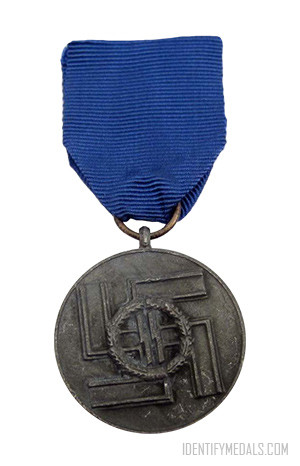
The SS Long Service Award (8 Years of Service)
The SS Long Service Award (8 Years) was given as an acknowledgment for faithful and true services of German SS members.
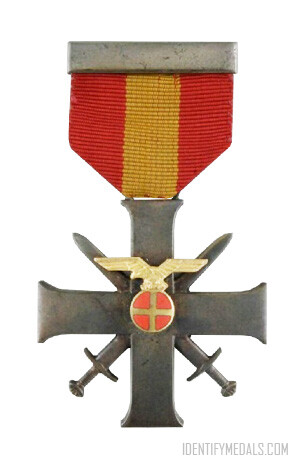
The Brave and Faithful Order or Quisling Cross
The Brave and Faithful Order was introduced by the Quisling Government to serve as the Norwegian equivalent of the German Iron Cross.
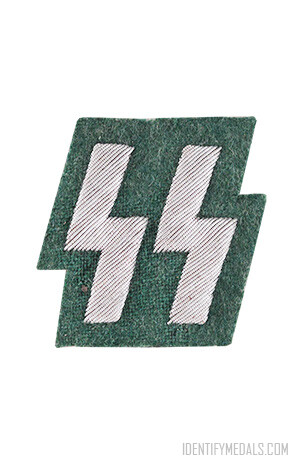
The SS Membership Runes for Order Police
The SS Membership Runes for Order Police was a badge worn by members of the Ordnungspolizei who were also full members of the SS.
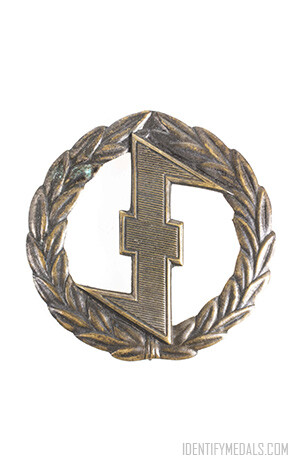
The W.A. Military Sports Badge
The W.A. Military Sports Badge was awarded to members of the “Weer Afdeelingen” (Defense Sections) for military sporting events.
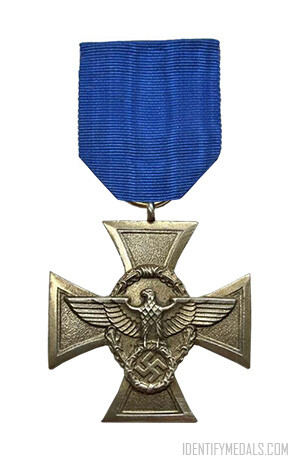
The Police Long Service Award (Nazi Germany)
The Police Long Service Award was a commendation given to active members of the German police during the Nazi era.
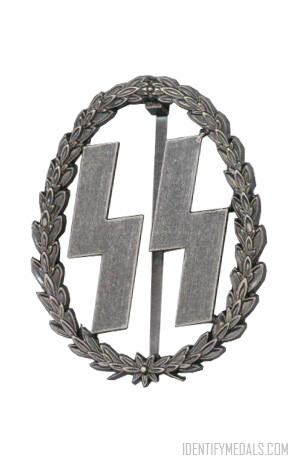
The SS Dutch Sports Badge
The SS Dutch Sports Badge was awarded to members of the Dutch SS for demonstrating athletic prowess and physical fitness.
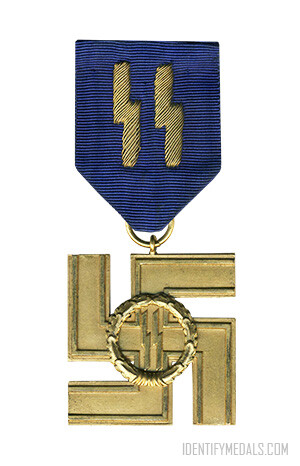
The SS Long Service Award (25 Years of Service)
The SS Long Service Awards were given to SS members in grades of four, eight, twelve, and twenty-five years of service.
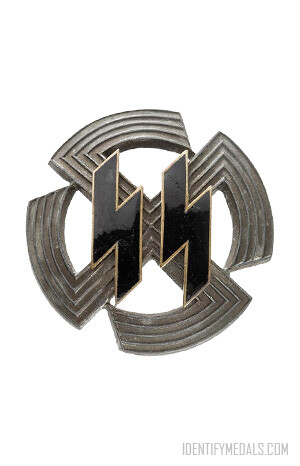
The Germanic Proficiency Runes
The Nazi regime introduced a sports badge for non-Germans who were part of the Germanic-SS and Waffen-SS, known as the runes.
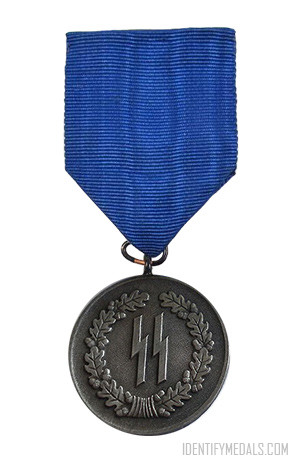
The SS Long Service Award (4 Years of Service)
The SS Long Service Awards were given in grades of four years, eight years, twelve years, and twenty-five years of true services in the SS.
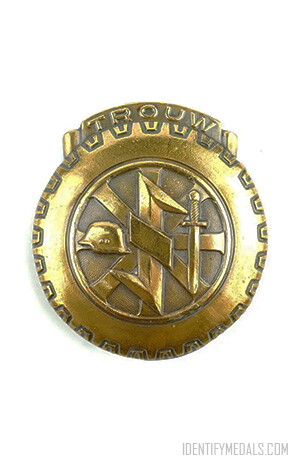
The Dutch NSKK Honor Badge
The Dutch NSKK Honor Badge was awarded for exceptional service in the Motor W.A. (German Motorized Transport service).
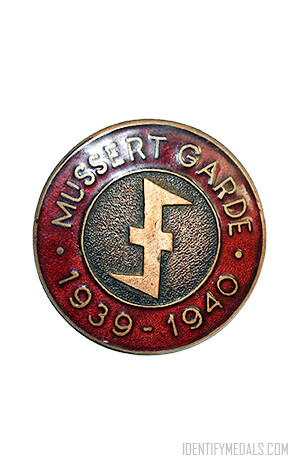
The Mussert Garde Pin 1939-1940
The Mussert Garde Pin, created in 1939-1940, was a symbol of loyalty and service to the National Socialist Movement in the Netherlands (NSB).
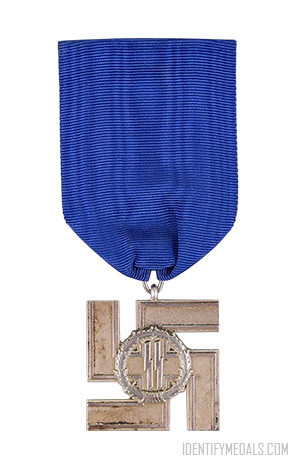
The SS Long Service Award (12 Years of Service)
The SS Long Service Awards were given to SS members in grades of four, eight, twelve, and twenty-five years of service.
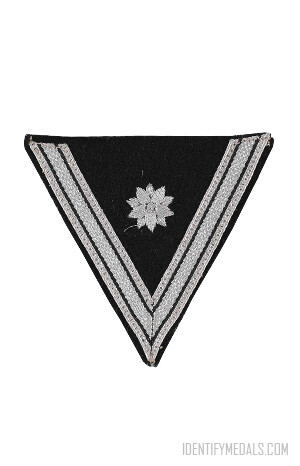
The SS Chevron for Former Police and Military
The SS Chevron for Former Police and Military was a service badge awarded to members of the Nazi Party Schutzstaffel (SS) for service.
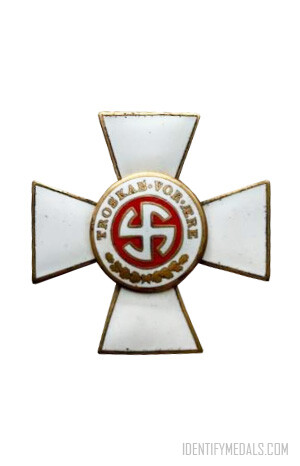
The Schalburg Cross
The Schalburg Cross was a military decoration for members of the Danish Schalburg Corps during World War II.
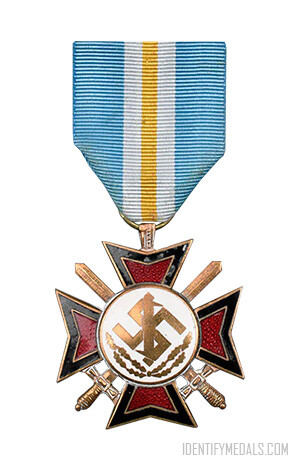
The Mussert Bravery Cross
The Mussert Bravery Cross was a special award for NSB members serving in German forces. It was akin to the German Eastern Front Medal.
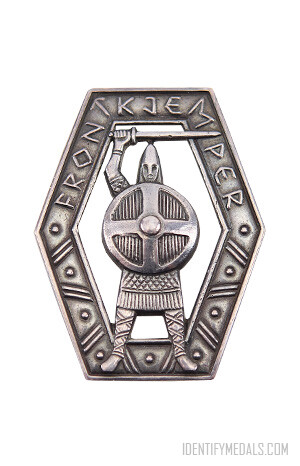
The Front-Fighters Badge
The Norwegian “Frontkjemper” (Front-Fighter) badge was awarded for bravery to Waffen-SS Norwegian legionnaires and German cadre.
More SS and Police Decorations
SS Honor Sword
The SS Honor Sword was awarded to SS officers as a symbol of loyalty and recognition of their service. It featured intricate designs and was a mark of prestige within the SS hierarchy.
SS Julleuchter
The SS Julleuchter was a ceremonial candle holder given to SS members during the winter solstice. It symbolized the pagan traditions that the SS leadership sought to revive and was often awarded for loyalty and service.
SS Membership Runes for Order Police
These runes were worn by members of the SS and the Order Police to denote their affiliation with the SS. The runes were typically displayed on the uniform and signified membership and rank within the organization.
Totenkopf Ring
The Totenkopf (Death’s Head) Ring was awarded to SS officers as a personal decoration from Heinrich Himmler. It featured the SS skull symbol and was a sign of elite status and commitment to the SS ethos. The ring was often returned to the SS upon the officer’s death.
Decorations of the Hitler Youth
The Hitler Youth (Hitlerjugend) was a youth organization of the Nazi Party in Germany, founded in 1926. It aimed to indoctrinate young Germans into Nazi ideology and prepare them for future roles in the party and the military. Membership became compulsory for all boys aged 14-18 in 1936, and the organization focused on physical fitness, paramilitary training, and propaganda.
The variety of Hitler Youth badges arose from the organization’s desire to recognize different levels of achievement, service, and merit among its members. These included:
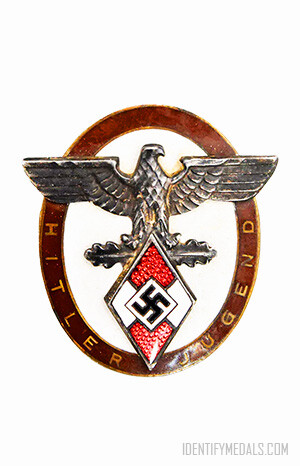
The Hitler Youth Badge for Distinguished Foreigners
The Hitler Youth Badge for Distinguished Foreigners was a special honor authorized in 1941 and specifically designed for non-German citizens.
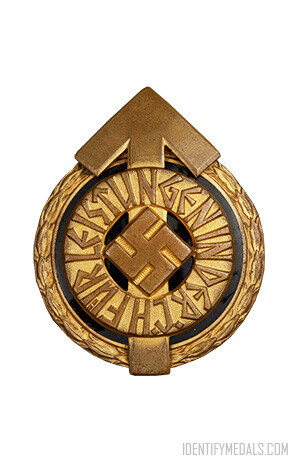
The Hitler Youth Leader’s Sports Badge
The Hitler Youth Leader’s Sports Badge was designed to recognize those in the Hitler Youth and Jungvolk who excelled in an annual fitness test.
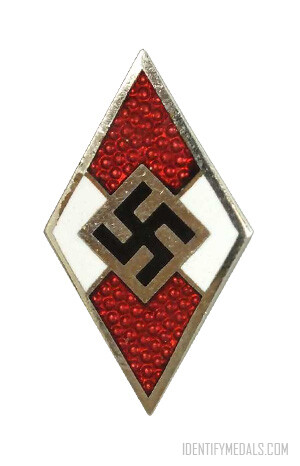
The Hitler Youth Badge
The Hitler Youth Badge was a political award in Nazi Germany, given for various levels of service to the Hitler Youth (Hitler Jugend).
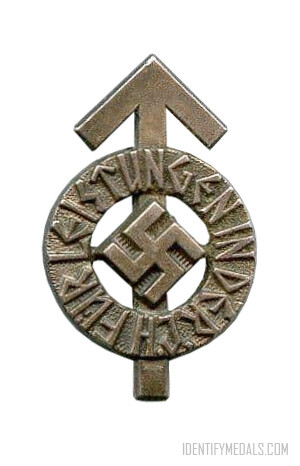
The Hitler Youth Proficiency Badge
The Hitler Youth Proficiency Badge was established to recognize members for proficiency in athletics, field craft, and political knowledge.
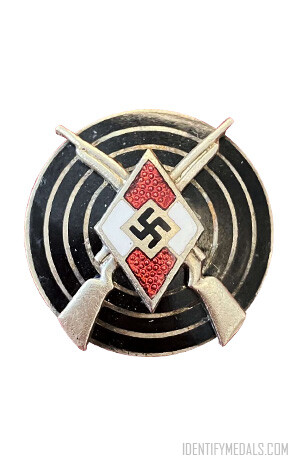
The Hitler Youth Shooting Badge
The Hitler Youth Shooting Badge was awarded in three grades to recognize proficiency in marksmanship within the Hitler Youth.

